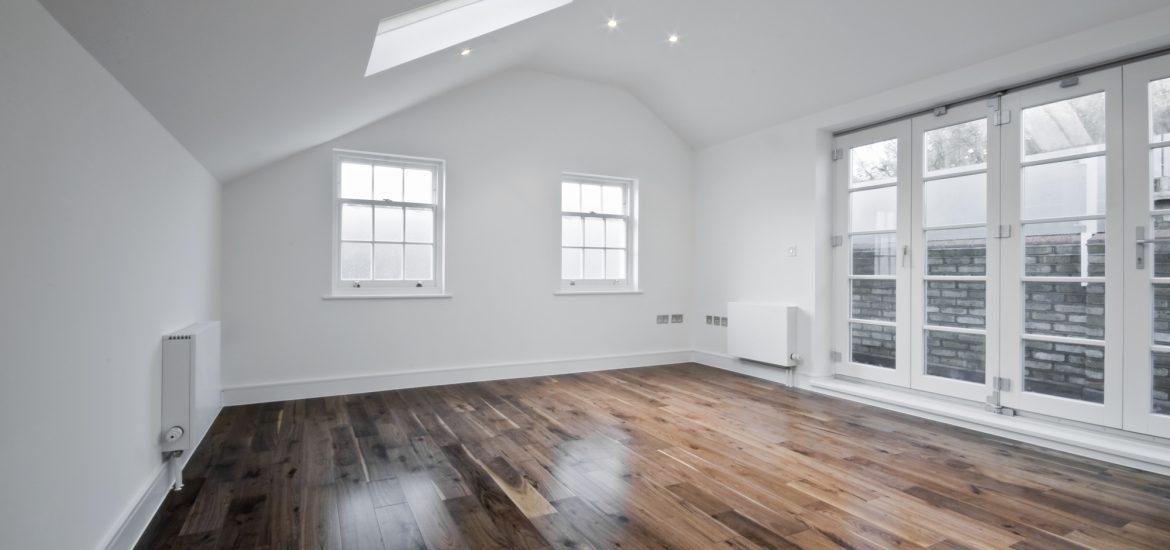Hardwood flooring has long been a popular choice, even before it was known as a luxurious addition to a home, because they are durable and look beautiful, and can withstand the test of time. However, before you install hardwood flooring in your home, here are a few things you should know.
Choosing Your Wood
There are several options to choose from when you install solid wood flooring, the most common of which are:
- Oak
- Maple
- Walnut
- Bamboo
- Cherry
- Mahogany
- Teak
They offer a range of colors and styles so you can choose the one that works best for your home.
The Finish
All hardwood floors need to be finished, and you can opt for either a field-finished (also called site-finished) or a factory-finished. Field or site-finished flooring will have a more unique look and must be done correctly, so it’s highly recommended that you hire a professional. It does take several days, and perhaps even weeks, for a field-finished hardwood floor to dry and cure, and you can’t put anything on it during that time so this may not be a good option if you’re remodeling and living in your home. However, field-finished hardwood is easier to clean, so it could be a better choice if you have children or pets.
Factory-finished flooring doesn’t offer as much in the way of customization, but it is less expensive and doesn’t involve chemicals and resins to dry and cure, so it’s ready to use right after installation. This type of flooring can have some spaces between floorboards, making it harder to keep it clean.
Moisture Resistance
Hardwood is not as resistant to moisture as some other flooring options, so if you live in an area with extremely high humidity, or you often spill on your floor (especially if you have young children), carefully consider if you want to spend the money on this type of flooring, or if a less expensive option like laminate might work better for your situation. Avoid installing hardwood floors in areas with more moisture or that could be prone to flooding, such as bathrooms or basements. Hardwood can be installed in kitchen areas, but make sure to apply a finish or treatment that prevents water from getting inside the wood panels.

